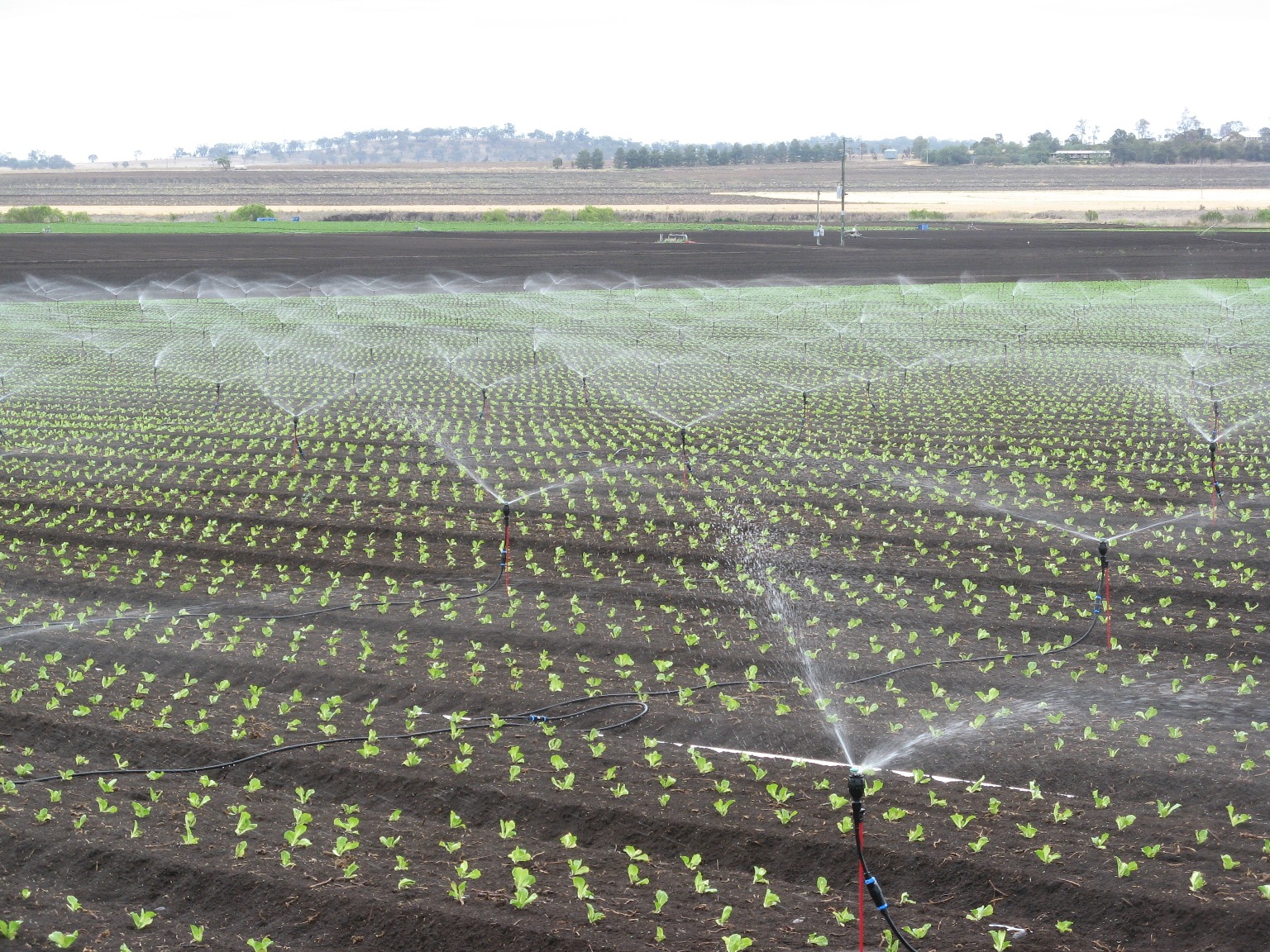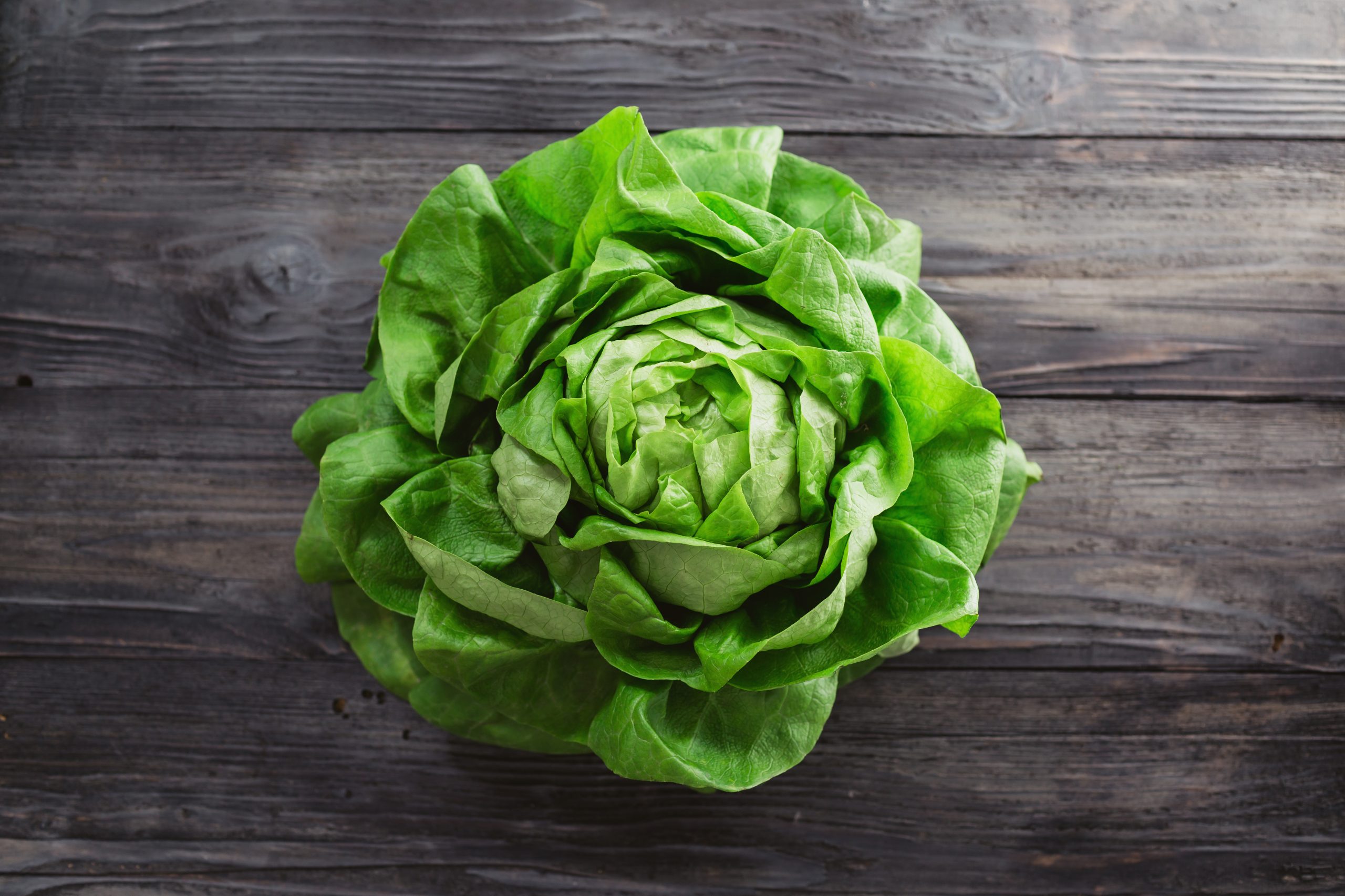
Review of current vegetable irrigation technologies
27 July 2020
Controlling multiple heading and transplant shock in lettuce
27 July 2020Project VG15062 was completed in 2016 by Adam Harber and Dr Gordon Rogers from Applied Horticultural Research.
Introduction
Anhydrous ammonia has long been used as a pre-plant and side dressing fertiliser in the cotton and grain industries in Australia. Containing about 80 per cent of nitrogen (N), the product is a popular and effective option for growers given its commercial availability and relatively straightforward application.
When incorporated into vegetable cropping systems, anhydrous ammonia could provide a range of benefits, such as increased soil health, reduced cost, yield advantages and reduced environmental impact from nitrate leaching.
About the project
This project (VG15062) reviewed the current information on the use of anhydrous ammonia as a source of N in agricultural crops. Conducted by Adam Harber and Gordon Rogers from Applied Horticultural Research, the project also consulted with industry groups and produced a fact sheet for growers and agronomists.
Although large supplies of anhydrous ammonia are available in Australia, information in relation to its application in vegetable crops is limited, Dr Rogers said.
“There is anecdotal evidence suggesting anhydrous ammonia could be a viable proposition for vegetable crops, but there is a shortage of research and information available to growers on how to use this fertiliser,” he said.
“Proper nitrogen management on vegetable farms is essential for not only the health of the crop, but also the soil and ecosystem, which is why it’s important that growers are familiar with the benefits and risks of anhydrous ammonia as a fertiliser.”
The project also reported on a small-scale observational trial comparing the use of anhydrous ammonia to calcium nitrate as a source of N on baby spinach on a commercial farm located in Cowra, New South Wales.
Major findings
Anhydrous ammonia has been found to be effective in row crops such as potatoes, sugar beets and cabbage, Dr Rogers said.
“In cabbage, 200kg/ha of anhydrous ammonia produced the maximum yield of first-grade cabbage heads compared to 200kg/ha of calcium nitrate,” he said.
“Meanwhile, a review of 22 experiments using anhydrous ammonia in potatoes found that in nearly all trials, yield increases were observed. Yields of sugar beets were also higher on average with anhydrous ammonia.”
Another advantage of using anhydrous ammonia is that residual N in the soil can be available for the subsequent crops. In a six-year trial fertilising potatoes, sugar beets and maize with anhydrous ammonia compared to calcium nitrate, it was found that high residual N after anhydrous ammonia resulted in higher yields in following winter wheat crops.
Anhydrous ammonia has also been used to suppress Root-knot nematode and increase microbial activity in the soil, which Dr Rogers said was very important in maintaining healthy soils.
New South Wales-based vegetable grower Ed Fagan from Mulyan Farms in Cowra has been using anhydrous ammonia on popcorn and baby spinach. Dr Rogers said trials conducted on Mr Fagan’s property demonstrated a number of key benefits to using the fertiliser.
“One of the most noticeable benefits Ed found was that nitrogen remained available to his crops until after harvest – residual nitrogen moved down the soil profile slightly, but remained in the root zone,” he said.
“This residual nitrogen is then available for a subsequent crop because it is not lost to deep leaching.”
Conclusion
The review found there is potential for anhydrous ammonia to be used as a source of N for vegetable crops, but that it was more suited to row crops, rather than crops such as baby leaf which require more even distribution of N across the beds.
“Nitrogen fertilisers interact with soils and plants in different ways, so understanding this is key to achieving the most profitable use of nitrogen,” Dr Rogers said.
Dr Rogers added that larger vegetable growers in regions where anhydrous ammonia is accessible were more likely to consider adopting the N-efficient technology, providing they had access to the right application equipment.
But he said further trials were required to determine the optimum usage pattern for anhydrous ammonia in vegetable crops, with the focus of any further research concentrated on row crops.
“There are gaps in the current research that could certainly be explored in future research; in particular, the beneficial effects of anhydrous ammonia on soil organisms.”
The bottom line
Anhydrous ammonia is a potential source of nitrogen for vegetable crops, but it is more suited to row crops rather than baby leaf crops – although application could possibly be adapted to apply anhydrous ammonia in a way that is more suitable for baby leaf crops.
Anhydrous ammonia has to be applied using specialised equipment, which could be a barrier for Australian vegetable growers.
Further information
The final report for this project is available on the InfoVeg database.
The effects of using anhydrous ammonia to supply nitrogen to vegetable crops was a strategic levy investment under the Hort Innovation Vegetable Fund. VG15062 was funded by Hort Innovation using the vegetable research and development levy and contributions from the Australian Government.
Image courtesy of Applied Horticultural Research.
This article first appeared in Vegenotes 59 – March/April 2017. You can download the publication here.

